North/Central America

Popular World Development Indicators for Four Caribbean Countries
Raw numerical data may be pursued to track historical behavior through socioeconomic and demographic indicators.
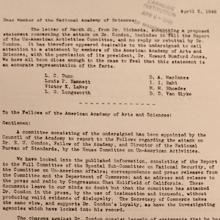
Short Teaching Module: Science, Technology, and the U.S. Military-Industrial Complex during the Cold War
For decades, the relationship between science and the U.S. government during the early Cold War years was understood largely as a story of a militaristic state persecuting and co-opting scientists and scientific institutions to serve national security interests.

Harvard Physics Department asserts that investigations threaten national security, 1950
This document is the response of the Harvard University Physics Department to a proposed Congressional amendment in 1950 requiring that the FBI investigate scientists’ “loyalty” before they could receive government contracts.

National Academy of Sciences objects to political persecution of Condon, 1948
This document from 1948 expresses concern by members of the National Academy of Sciences (NAS) over the political persecution of Edward Condon, a physicist and director of the Bureau of Standards.

AAAS Defends Edward Condon from HUAC, 1948
This document from 1948 circulates to members of the American Academy of Arts and Sciences (AAAS) the organization’s position on the political persecution of Edward Condon, a physicist and director of the Bureau of Standards.

Long Teaching Module: Caribbean Seafaring in the Archaic Age (2000-400 BC)
There have been many different approaches to studying seafaring in the past. We can look at the evidence of voyages in books written by prominent explorers or follow the maps maintained by successful prominent trading companies.
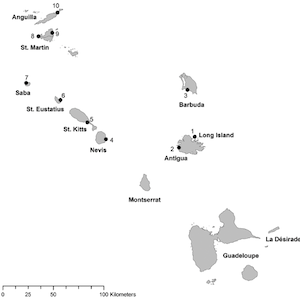
Tracing Canoe Pathways in the Lesser Antilles, 2000 BE - 400 BC
These maps show two constructed least cost pathways between Flinty Bay on Long Island just off the coast of Antigua (the right end of the line) and Jolly Beach on Antigua (the left end of the line).
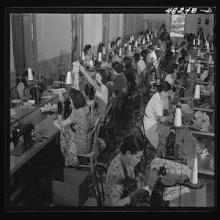
Short Teaching Module: Portraying Women Workers: Beyond Norma Rae
Starting at the turn of the twentieth century, U.S. and insular government offices and textile and garment businesses incorporated women of the New South and Puerto Rico into manufacturing in distinct yet interrelated ways.
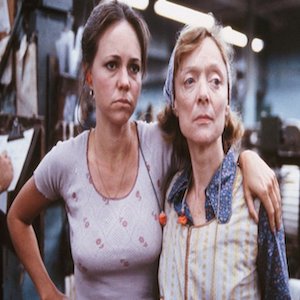
Norma Rae: Depicting Women's Labor History through Film
In this still shot from the movie Norma Rae, two pretty and petite white actors represent southern mill hands. Norma, portrayed by the famous actress Sally Field, stands with her mother (Barbara Baxley).
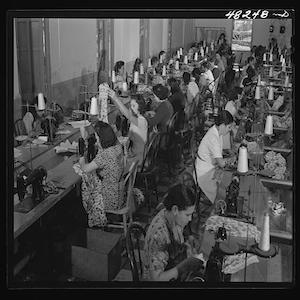
Puerto Rican Needleworkers in a Factory, San Juan, Puerto Rico, 1942
This government photograph provides an important contrast to the popular culture images of poor southern whites. During the 1940s and 1950s, U.S. government agencies hired photographers to travel the main island of Puerto Rico to capture the conditions of working people.